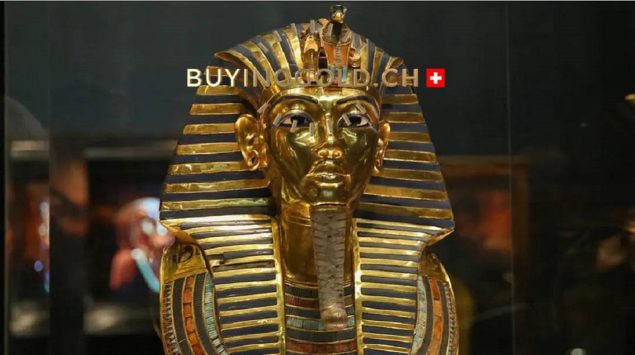
Gold coins were first minted in the Roman Empire in 212 AD under the rule of Emperor Caracalla. The coins were called aurei and were worth 25 denarii. Gold coins were used to pay for goods and services, and were also given as gifts. The value of gold coins fluctuated over time, but they were always worth more than silver coins. In the 4th century AD, the value of gold coins began to decline as the Roman Empire began to crumble. In 324 AD, Emperor Constantine introduced a new gold coin, the solidus, which was worth 72 denarii. This coin helped stabilize the Roman currency. However, by the 5th century AD, the solidus was also beginning to decline in value. In 476 AD, the last Roman emperor was overthrown by the Germanic leader Odoacer. Odoacer refused to recognize the authority of the Roman emperor and minted his own coins. These coins were made of silver and gold, and were worth less than the Roman coins they were replacing. By the 6th century AD, the Roman Empire was divided into two parts, the Western Roman Empire and the Eastern Roman Empire. The Eastern Roman Empire, which is also known as the Byzantine Empire, continued to mint gold coins. The most common gold coin was the bezant, which was worth 12 solidi. The Byzantine Empire also minted a gold coin called the hyperpyron, which was worth 24 solidi. The Western Roman Empire ceased to exist in 476 AD, but gold coins continued to be minted in the Byzantine Empire until the 14th century AD.
The Roman denarius was a small silver coin first minted about 211 BC during the Second Punic War. By the 4th century AD, it had fallen to only a tenth of its original weight. The denarius continued to be the main coin of the Roman Empire until it was replaced by the antoninianus in the middle of the 3rd century.













